Introduction
Aces over eights. All black. This week we are taking a look at those four cards and diving into Dead Man’s Hand. We have covered this style of build once before, but that was a much different deck. Rather than using the typical control tools around a pseudo-combo shell, this legend build goes all-in on fatigue. The past versions of this build were built like classic Control Warrior where you stalled and cleared until your opponent had nothing left. This build does something similar, but in a much more combo style. Here, you’re racing to the end of your deck. That may sound odd, but it works extremely well. Especially in the current meta.
Key Cards
Dead Man’s Hand
The namesake of the entire deck, Dead Man’s Hand is an incredibly awesome card that gives you the ability to play the combo-like style of game. To win with this build you need to gain life and draw. Then, once you get to the bottom of your deck, you start using Dead Man’s to shuffle in another Dead Man’s, creating an infinite loop. If you can do that alongside great survival cards, there is just about no deck around that is going to be able to take you down. In past versions of this deck, you wanted to use Dead Man’s as a way to create duplicates of strong cards that you would use to make sure your opponent died in fatigue before you. This time around, you want to draw your cards as fast as possible to play your combo. This card is powerful, and using it takes some nuance. For that reason, you need to forget everything you know. This is not an anti-fatigue tool, it is Jade Idol.
When choosing how to best use Dead Man’s Hand, you want your hand to be as lean as possible. This won’t always be the case (especially in games where you simply can’t dump cards), but you always want to try your best to have a small hand filled with choice control cards. That will then make it so you can constantly draw what you want over and over again. Using the two mana spell with a big hand often bogs down your draws and can lead you to die in situations where you are low on life and need a lot of healing. Of course, in control matchups all that matters is that you have cards to pull, but in dicier games you want to hit armor. Shield Block is almost always the best thing to hit, but Unidentified Shield works too. Just note that you don’t have to save certain cards. Play your game normally, then make use of what you have left.
Battle Rage
Battle Rage is an incredibly powerful spell that you need to make good use of. As odd as it may sound, this deck works a lot like Patron. That is because your entire goal is to draw, draw, and then draw some more. Dead Man’s Hand is an unusual card, and one that makes it so you can never go into fatigue. That means, much like Jade Druid, you can never get punished for drawing too much (unless you burn Dead Man’s Hand). You do not have a lot of minions, so you need to make this card count when you can. Typically, the way you use the two mana spell is on the same turn you play out a few bodies and then use them to combo off. For example, you play Cornered Sentry/Drywhisker Armorer against a midrange board, then use a Whirlwind effect and draw three. You always want to try to get value out of this in addition to your normal plan, not despite it.
The general rule of this card is to get two off of it. Going deep can be great depending on your hand, but this deck has a ton (a ton) of ways to draw cards. Getting three or four off of Battle Rage may feel good, but if it doesn’t serve a purpose, then it doesn’t matter. You are a build that wants to draw in a natural way. Going out of your way to get cards is only going to work when you absolutely need a specific combo piece or you have dead draws. Your goal in this game is to keep a natural flow. Using the spell to draw two cards before dropping down Acolyte of Pain or Coldlight Oracle (even a few turns later) is a great way to pace this deck. Your minions often have specific purposes. Using them only to get this to trigger only works when you’re desperate.
Sleep with the Fishes
When looking at this deck, you’ll notice that it runs only one Brawl. For that reason, you have to be able to make great use of Sleep with the Fishes. The two mana card is incredibly flexible, and is able to destroy most of the popular decks in the game. However, it needs specific set up. Always be prepared to set this card off. It is wise to always keep a Whirlwind or second Blood Razor tick to make that happen. This is not a card you just use on a whim. You typically want to have an idea that you’re going to use it a few turns early. This will give you a way to properly plan. While there are some decks that like to flood, that is a process. Once you see your opponent starting to push, conserve ping spells and play to your clear.
The only thing you have to keep in mind is that Sleep with the Fishes is not a hard clear. It can be very easy to forget that the two mana spell caps off at three damage, and doing so can lead to losses. Yes, it usually does four damage because of the trigger, but it is important to recognize when you need this or when you need Brawl. Brawl is a card you need to conserve as much as possible. While you can be more liberal with the fishes, you still want to be careful. AOE is extremely powerful for a deck like this one and pulling the trigger too early can lead to problems. Always have an idea of when you are going to run this out and then build around that point in time. If you can take some extra hits or build armor and wait, you should.
Coldlight Oracle
R.I.P Coldlight Oracle. The little fish has been in many of my decks over the years, and I’ll be sad to see it moved over to the hall of fame. However, we still have some time before that happens. For now, we still get a chance to use it, which is good news because this deck absolutely needs this card to run properly. Another interesting point about this build is that, while Coldlight can serve as an engine, it is typically a finisher. The 2/2 is unassuming, but if things go right you and your opponent are both going to head towards fatigue. However, you can draw more cards (thanks to Dead’s Man Hand) and your opponent can’t. That means this card is going to kill people in a hurry. Know that, and understand, as important card draw is, there are going to be games where you hold onto this for the end.
The way you use Coldlight Oracle is going to change depending on the matchup. Against aggro you want to use it in situations where you are card-starved, or where its ability isn’t going to crush yourself. Remember, this is a minion that is great, but the drawback is significant. Giving your Hunter or Paladin opponent a perfect curve is a big problem and one that you need to avoid. This card is typically going to come out much later against faster builds. However, against slow decks (Warlock, Druid, etc.) you want to use this card early and often. Burning cards is great, but getting your own combo online is much more important. Also note that you want to try to save a 2/2 for the fatigue part of the game when you’re facing the slower classes.
Blood Razor
I know we’ve talked about Blood Razor since it first came out, but that’s because the card is very strong and not easy to use. This can be a tempo play, AOE, or even just a value trigger. The way you make that decision is always going to be based on the board state as well as what you need to do in the matchup. If you’re up against Paladin, you want this card to clear the board, but against Warlock it is better served as a way to draw cards from Battle Rage. Patience is a virtue. This card is extremely tempting to pull the trigger on when you have a single charge left, but often you need to wait until the exact right time to make sure you go off in the way that you want. Also note that an equipped Razor is going to put a lot of fear into your opponent. They know you have AOE, and they are going to be careful. You can use that to your advantage by running out a razor and swinging in just to buy some extra time. People will instantly slow down their gameplan against the weapon, and sometimes that’s all you need to buy an extra turn or draw.
Deck Code
AAECAQcES6IEo M4Cn9MCDZAD1AT8BJEG+Af/B/sMvsMCxsM CzM0Cjs4Cz+UCz+cCAA==
Matchups
The four decks I see the most while playing the ladder.
Control Warlock
Control Warlock is strong, but they are not fast. That is the key in this game because, in an odd twist of events, you are able to power through your opponent’s various combos. Even with a few Doomguards, you should be fine. Of course, it always helps to be able to stop the combo where you can, but that shouldn’t be the focus of your plan. Rather, you want to focus on winning the game in fatigue. To do that, you have to get to a place where your opponent will never be able to take you down with Bloodreaver Gul’dan‘s hero power. The way you make that happen is by setting up a Dead Man’s Hand where you are constantly shuffling/replaying armor gain. In that way, there is no chance your opponent will ever be able to kill you once you handle their threats.
Make use of Coldlight Oracle. As with the Questless Quest Mage we covered last week, you are going to have many opportunities to blow your opponent out of the water. Drawing with the card in fatigue is important, but as long as you have Dead Man’s Hand you’ll be fine on that front. Rather, try your best to get your opponent to overdraw. You will almost always get an opportunity to hit them on nine cards, which is the most value you’re going to get. Beyond that, pace the game and be careful with your health. If you ever get in trouble, be aware of your opponent’s burst. The Doomguard combo is a lot of damage, and Bloodreaver Gul’dan also brings back the charging 5/7’s. Hellfire can do some work against you as well. One last note, always try to Execute Voidlords so that the Voidwalkers will cripple your opponent’s Death Knight.
Aggro Paladin
Got 1/1’s? This is easily your best matchup, and the biggest reason to consider playing this deck. Aggro Paladin (both Murloc and Dude) likes to go wide. They want to swarm the board early and then quickly use that push to cap off the game before their opponent can recover. As long as you can set up some well-timed Whirlwind effects it will destroy them. Even through Divine Favor, you have more than enough ways to shut down Uther. You kill their threats, they play more, you kill them again. One of the best cards in this matchup is Drywhisker Armorer. Always look to go huge with the two drop, and always save Cornered Sentry for the combo. Netting a free twelve or fourteen points of armor before a Whirlwind or AOE will almost always be game over.
A lot of this game is going to be getting your opponent to make bad choices. That is, make them play into AOE. Your opponent is going to expect you to have clears, and they will play accordingly. For that reason, you have to make them react. To do that, you either want to climb to so much health that they need to commit cards to the board to build pressure, or you want to burn cheap AOE when you have more waiting. Many opponent’s will bait out a clear and then play a good chunk of their hand. You can use that to your advantage. Also know that when playing Dude Paladin you have to gain a lot of armor. It is easy to just clear as soon as your opponent gets a big board, but they often have a ton of ways to generate minions. Play it slow and always have enough to health to survive both Level Up! and Sunkeeper Tarim when they come down.
Hunter
Hunter has always been tricky for Control Warrior, and I don’t think that’s changed. This is a game where you need to get your health gain cards together. That is because Hunter is going to press you from round one. While you have enough removal to repel the first push, the second one can quickly take you down if you aren’t ready. Hunter loves to bleed, and they are going to find many ways to chip away at your health. You need to stop that at all costs. Use your early minions to get a handle on the board, and then remove, remove, remove. Kill all beasts as they come and save hard removal for big threats like Savannah Highmane. Once your opponent is out of cards, you should be able to get a handle on the game.
Everything here needs to be about stopping top decks. One of the things that Hunter does well is using their hero power to keep up with yours. Then, as you desperately scramble to not die, they top deck a Kill Command, Animal Companion, Eaglehorn Bow, or other damage to take you out. This game is not going to go long. Either your opponent kills you on turn six, or you outlast them and they concede to armor or taunts. Everything about this game should be spent grinding your opponent out of resources. Be liberal with your removal. While in some games you can be tricky or wait for your opponent to over-extend, doing that against Rexxar will just get you killed. Aggressively clear as much as you possibly can.
Secret Mage
We end on Secret Mage, which is still holding down the four spot. This game falls into your favor as long as you manage to get out of the first four turns without taking too much damage. Mage has a ton of end game burst, but that is predicated on striking early and often with their minions. Fight back and always take the path where you can gain the most armor. Life gain is extremely good against Jaina, and it will carry you. Just do not get complacent. It is so easy to think you’ve climbed above your opponent’s damage cap only to die in a flurry. You never know what your opponent might draw (or discover off of Primordial Glyph) and you should stay on your toes. Coldlight Oracle is a fantastic card in this game. At some point your opponent is going to Aluneth as a way to generate pressure and keep you on the back foot. However, if you play this in the right way, that move is going to doom them. Four cards a turn will speed your opponent to fatigue. If you hit them with the oracle here and manage to gain a ton of armor, they will die before they ever get a chance to use all of their spells.
Mulligan Guide
Different cards, same mulligan. Control Warrior has had the same plan since the beginning of time (or Hearthstone). You look for all removal and, if you have a strong curve, you can keep card draw. Armorsmith and Acolyte of Pain are your two must-keeps. Whirlwind, Drywhisker Armorer, Shield Block, and Blood Razor are all fantastic against aggro, while Battle Rage, Shield Slam and Coldlight Oracle are amazing against control. Execute is good against midrange if you have a strong opening, and Cornered Sentry should always be kept with Armorer when fighting aggro. Sleep with the Fishes is also strong against midrange or aggro if you have a way to trigger it.
Conclusion
If you like going long, you’re gonna love this. Control decks are something that people truly enjoy to play, and for good reason. This deck is rife with extremely difficult and interesting decisions, which makes every game a challenge. The finisher here is very fun, and it also gives you a chance to play with Coldlight before it goes to the big hall of fame in the sky. There isn’t a whole lot of control options outside of Warlock right now, and this is a great way to climb. Until next week, may you always Whirlwind over and over and over again.


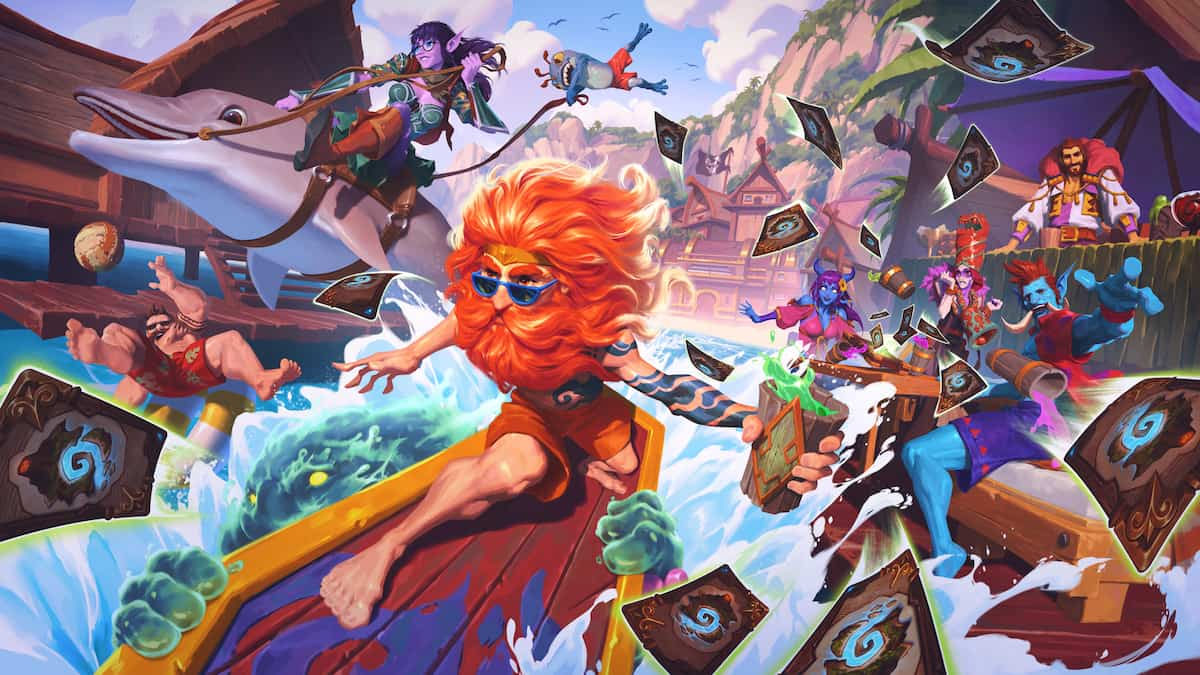
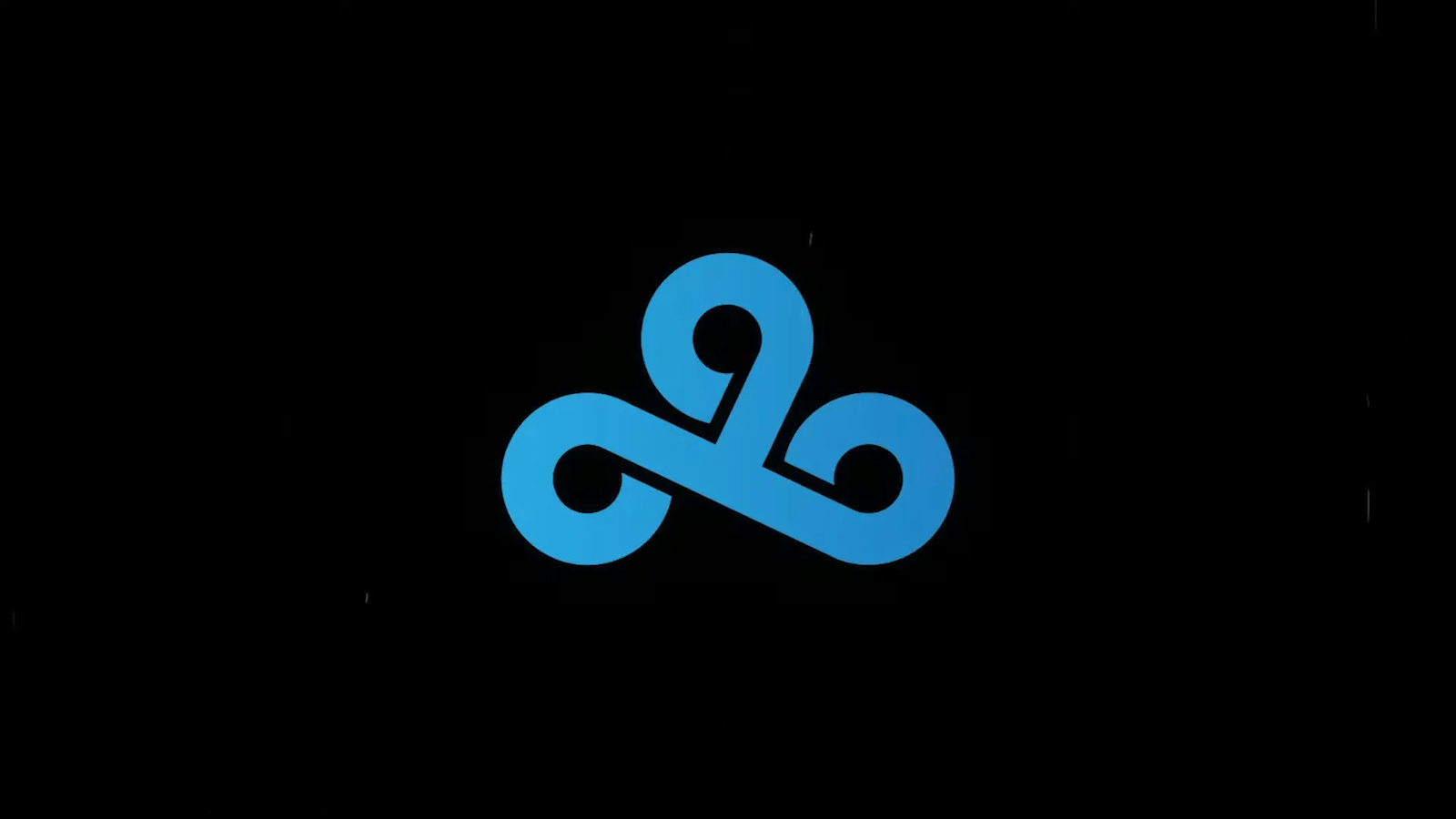

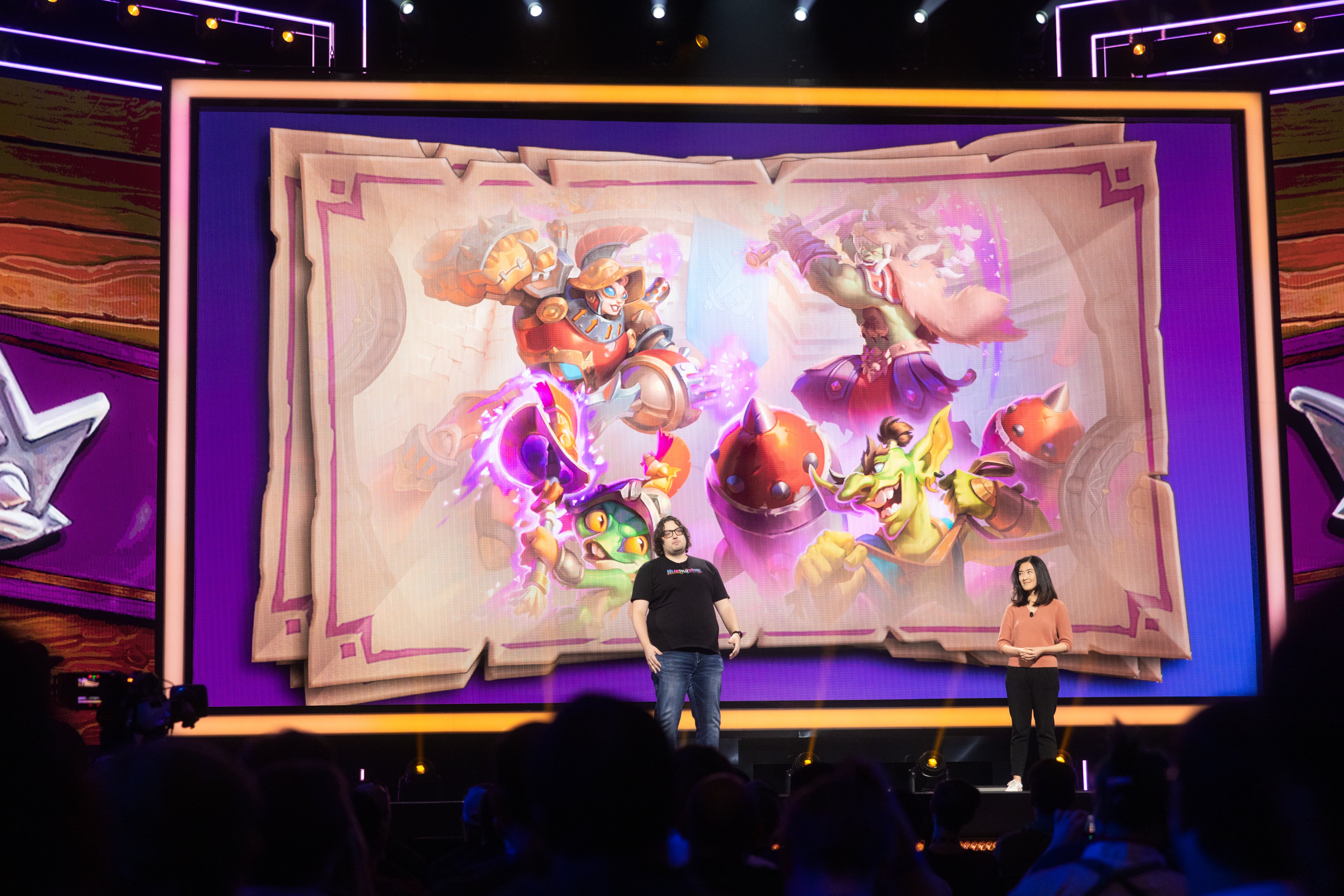
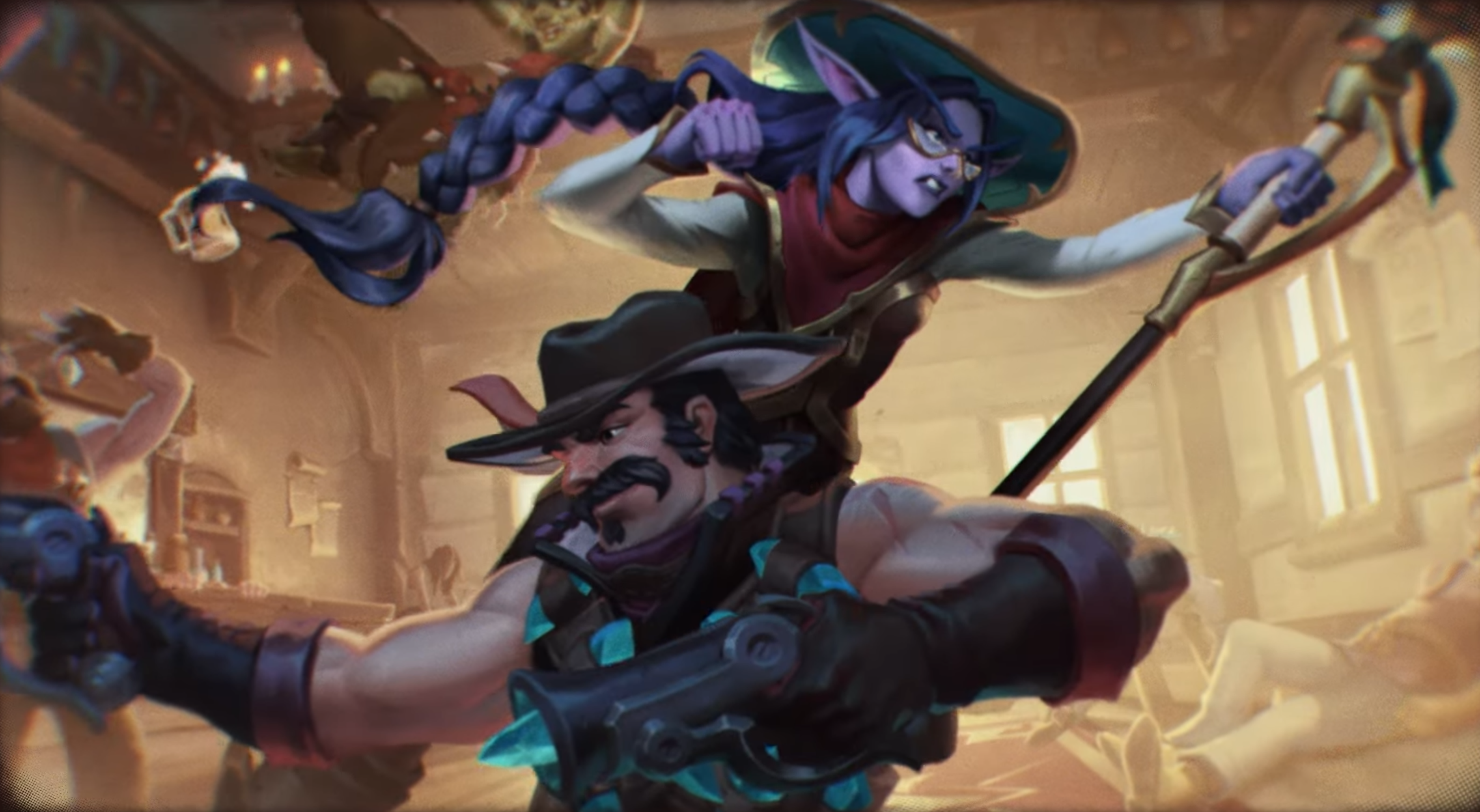
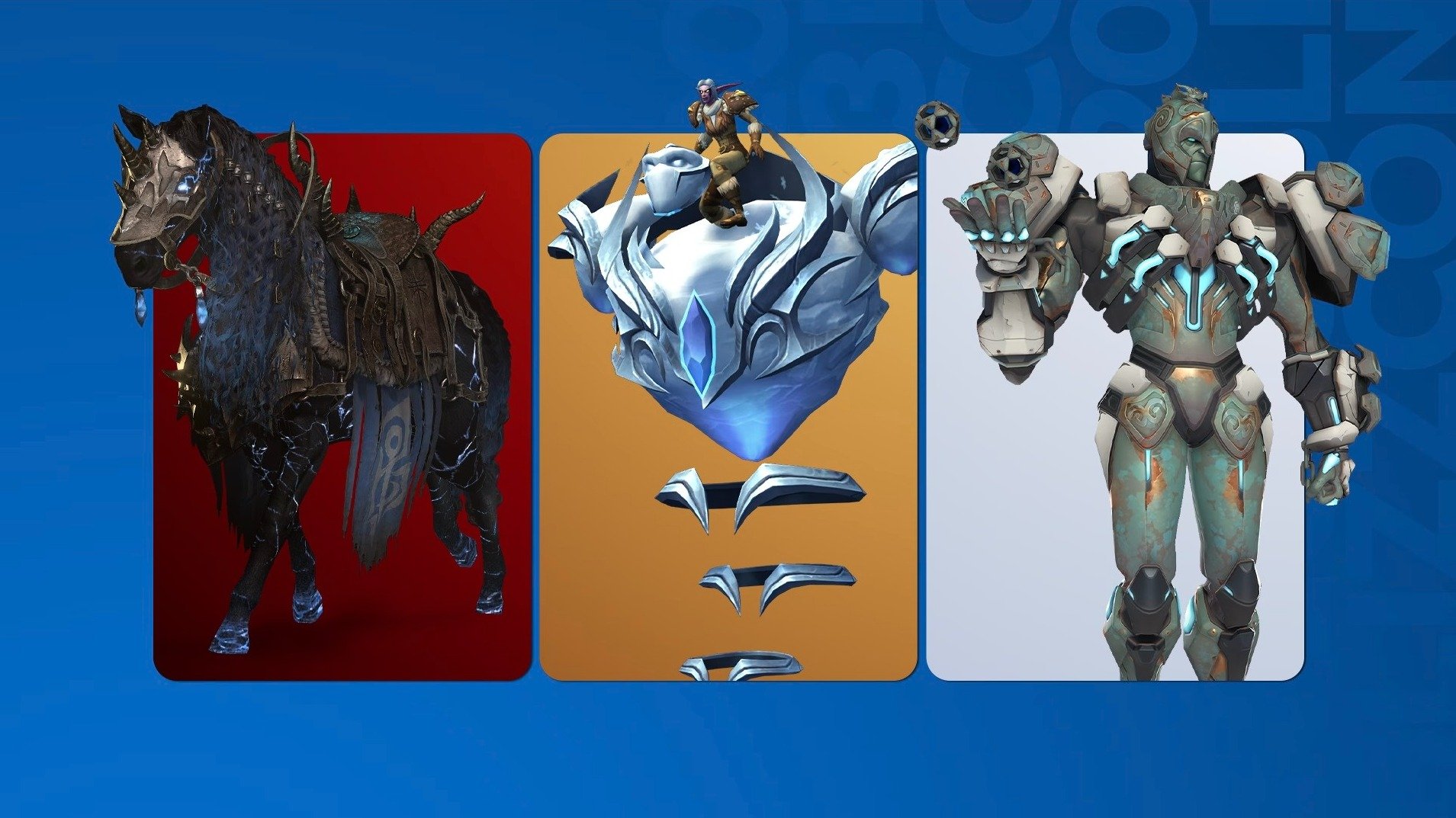
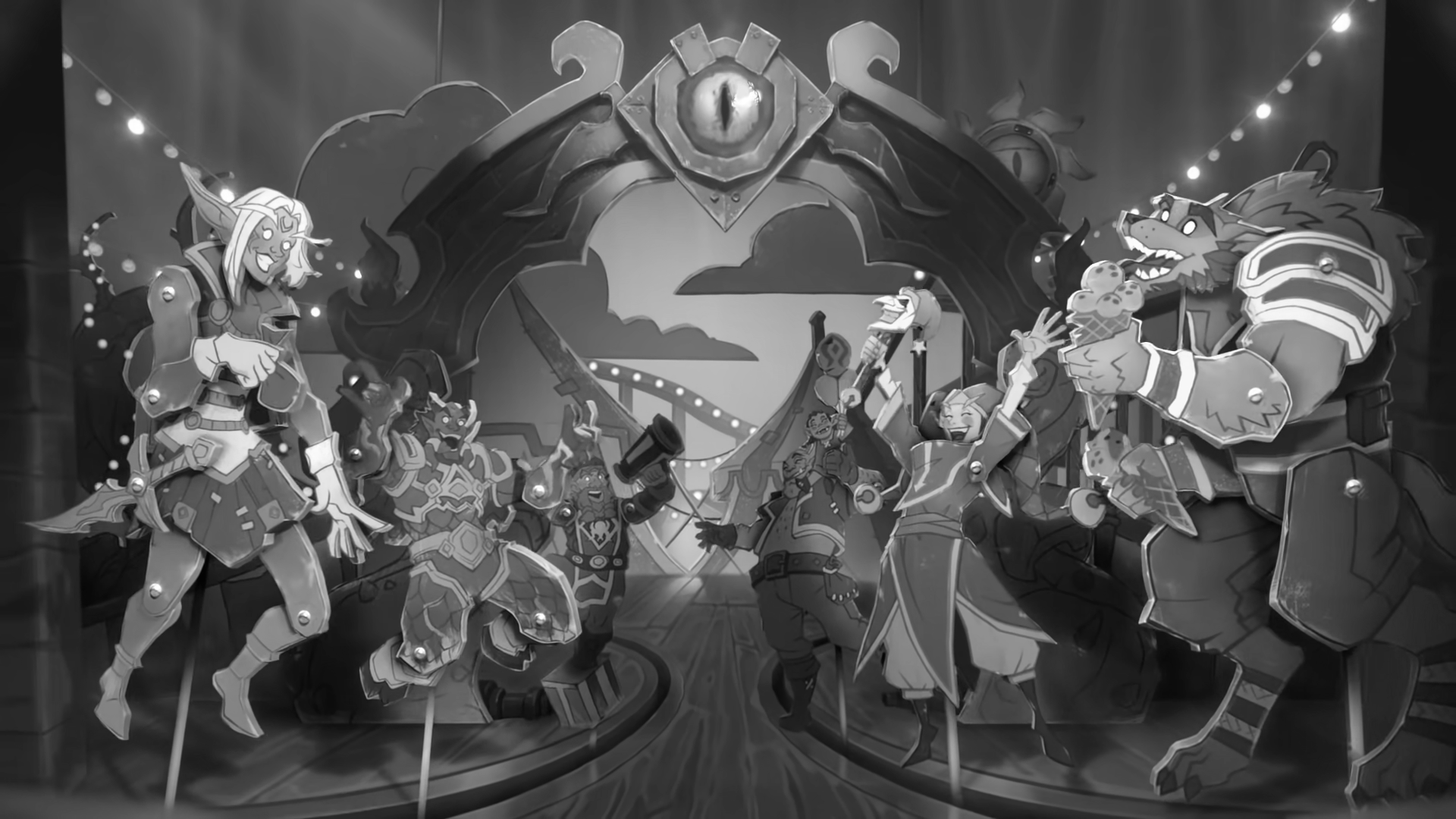
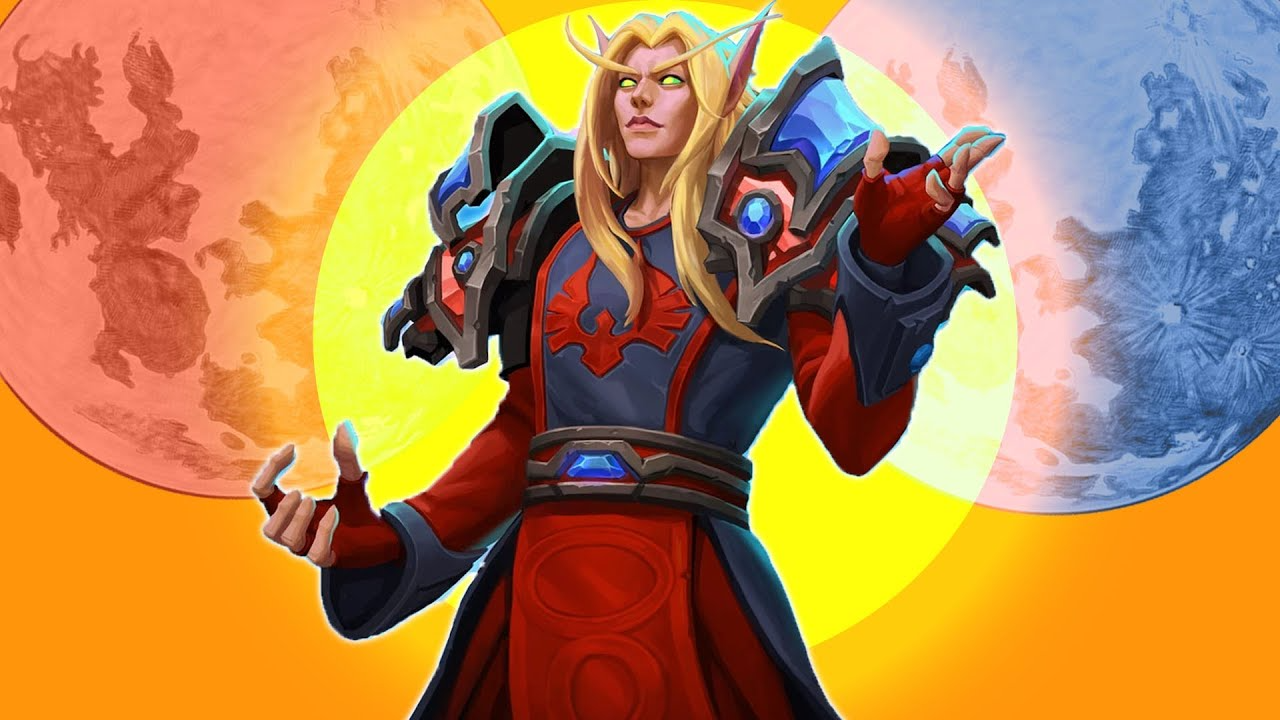

Published: Mar 5, 2018 07:04 pm